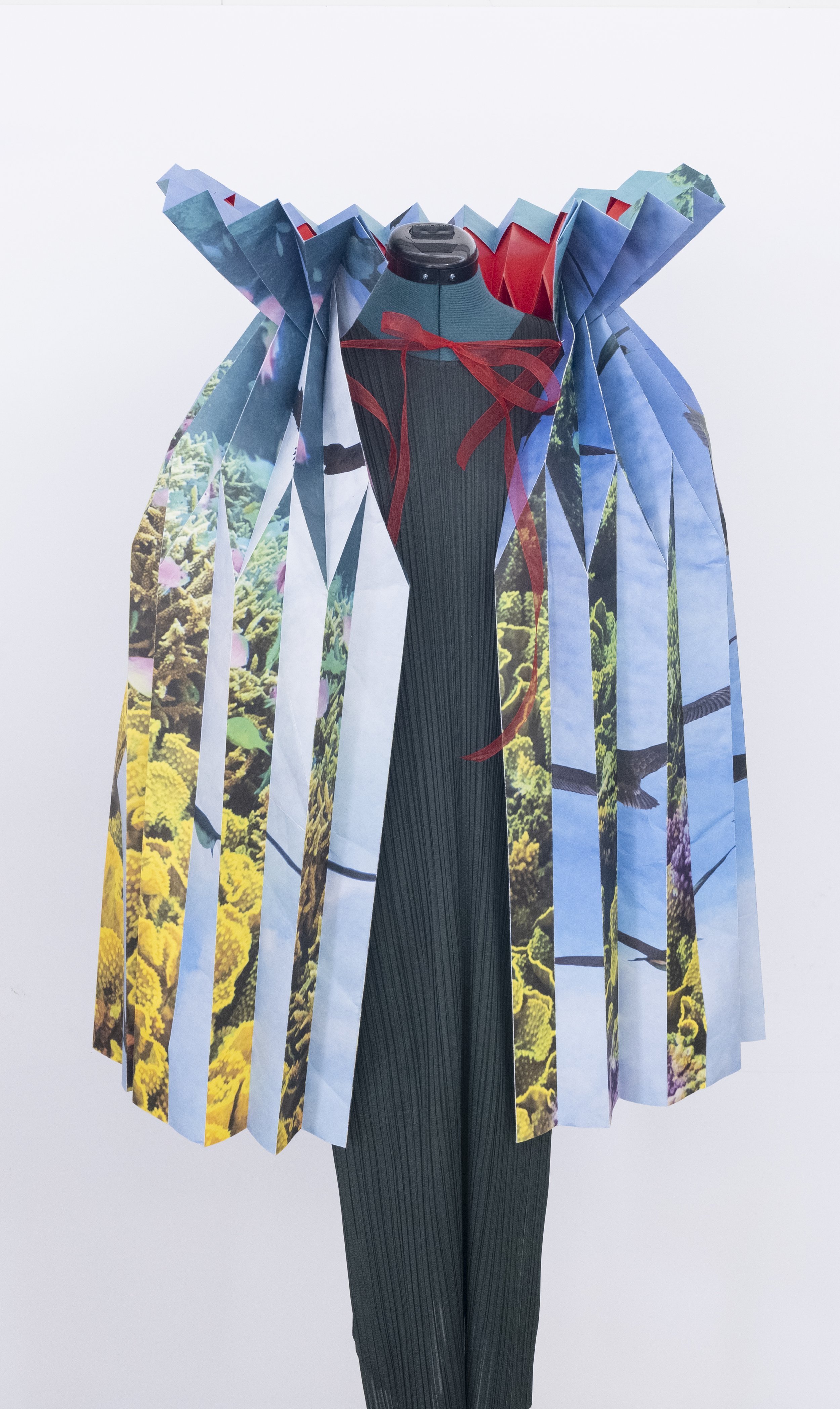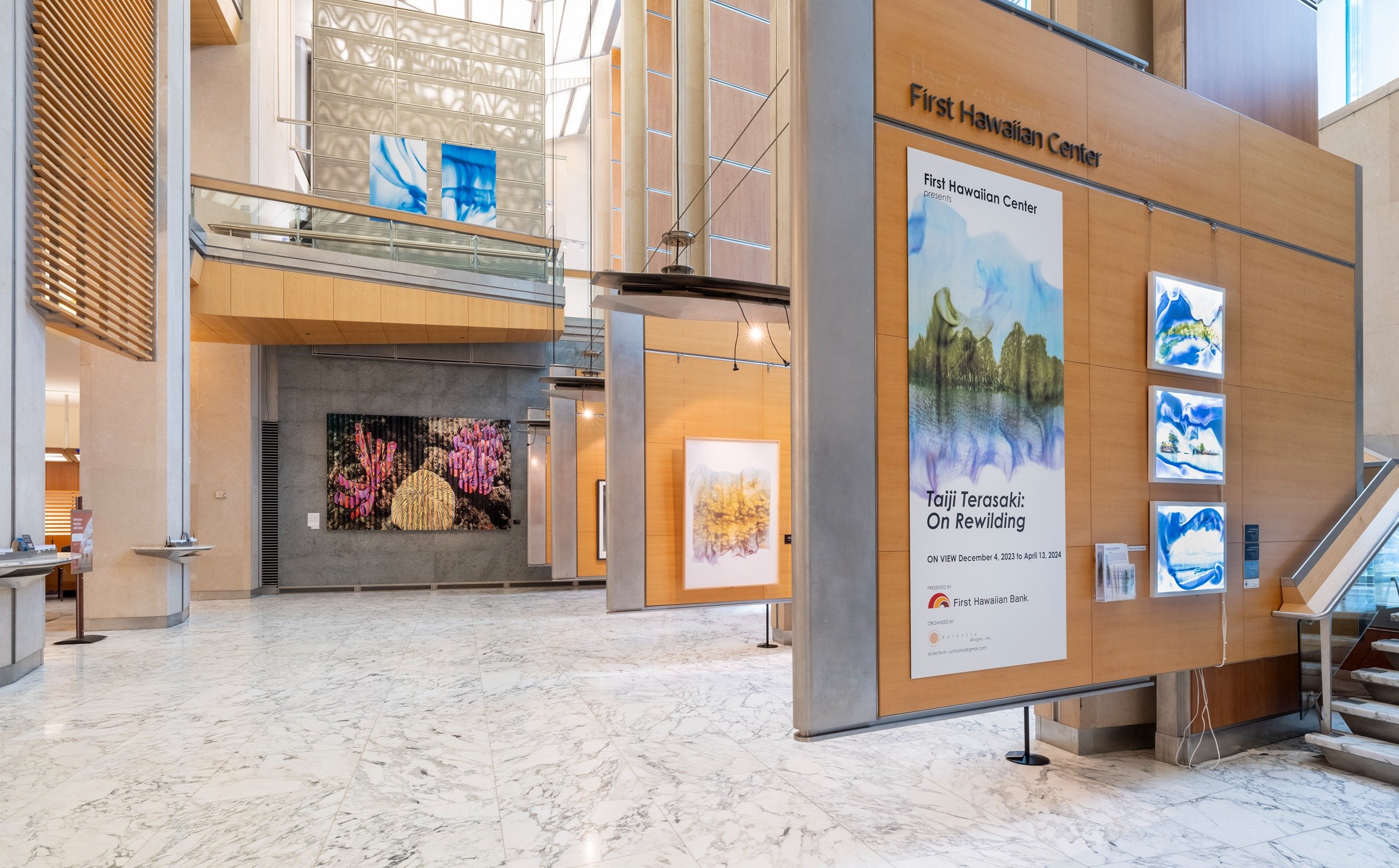

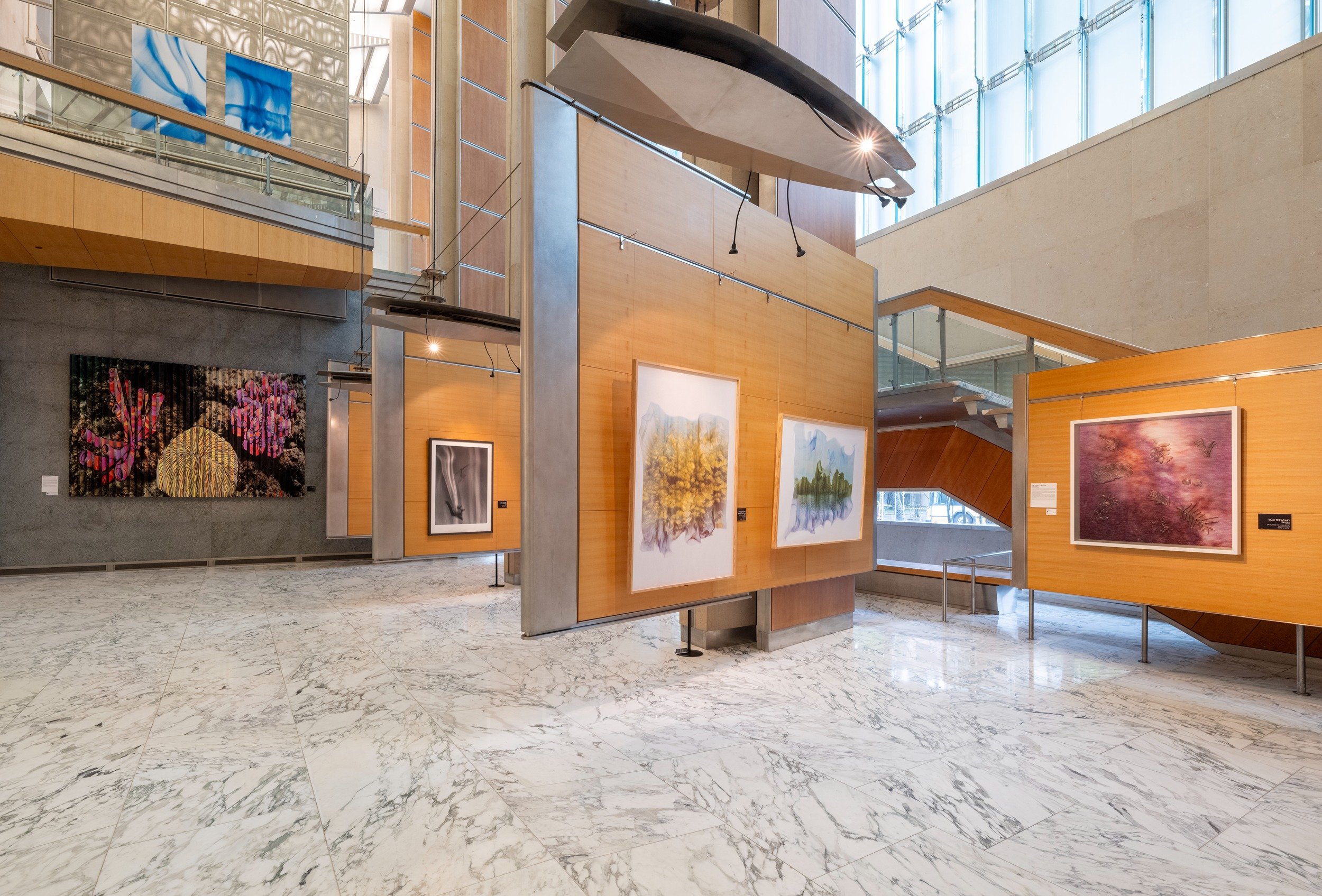
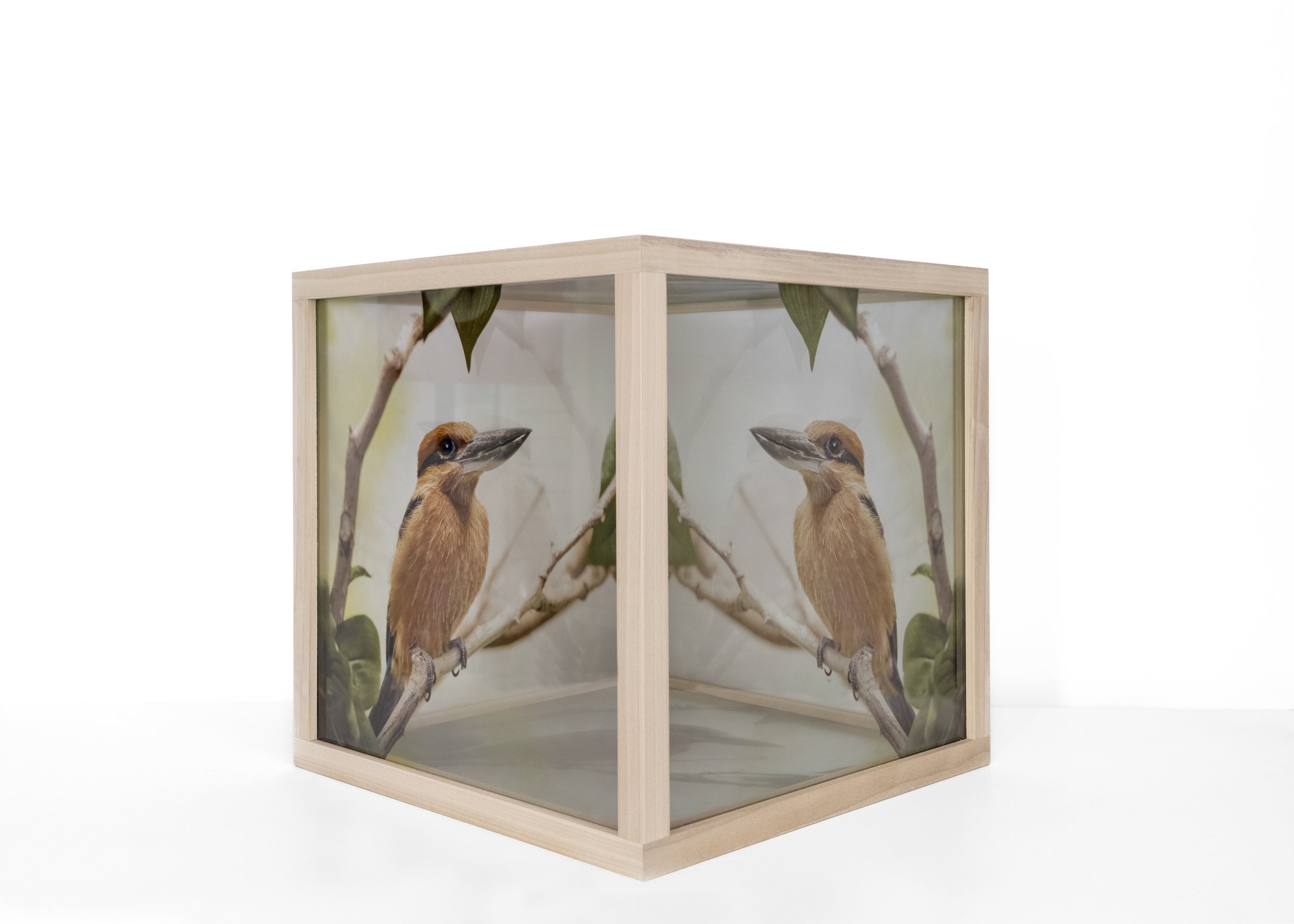
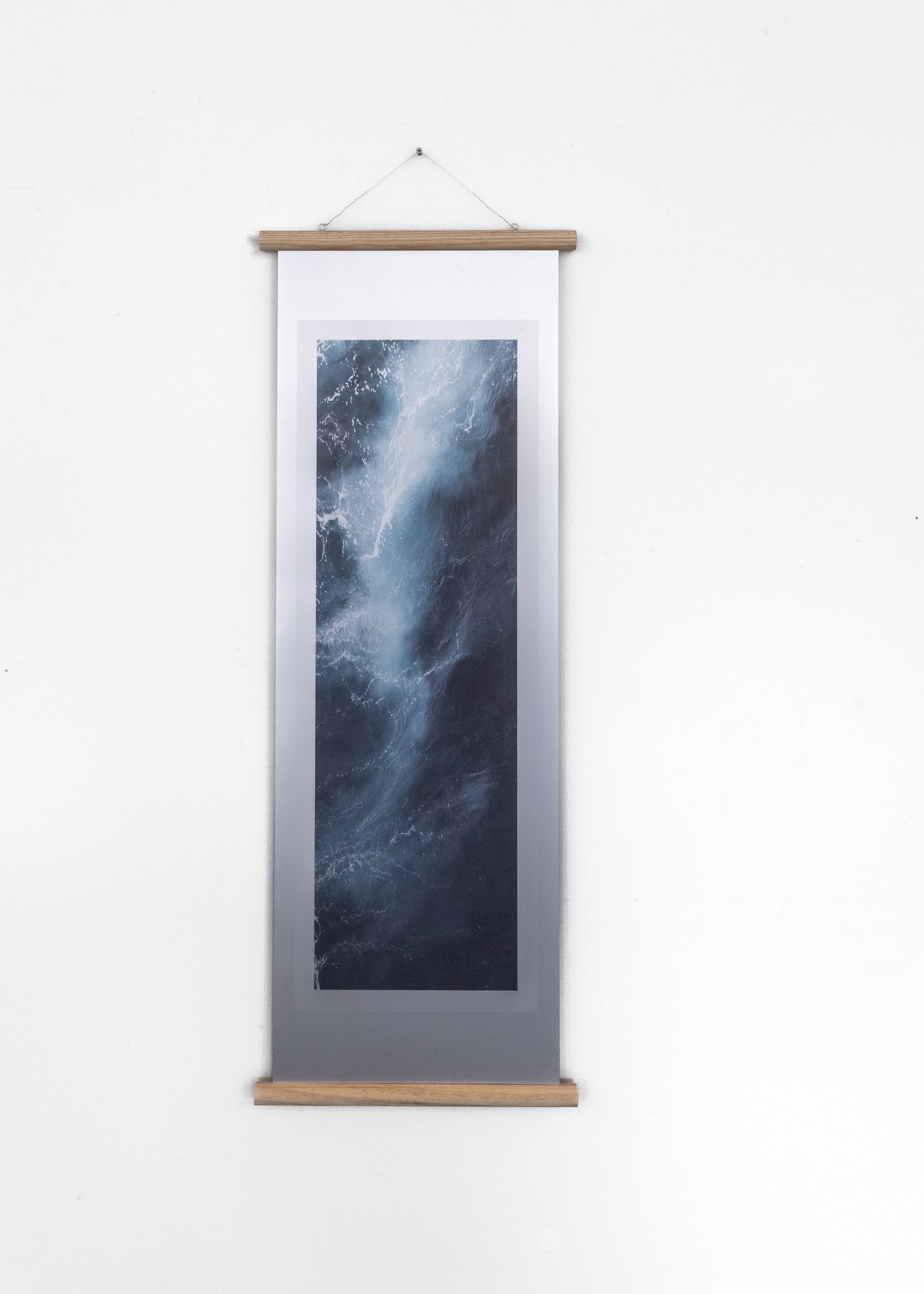
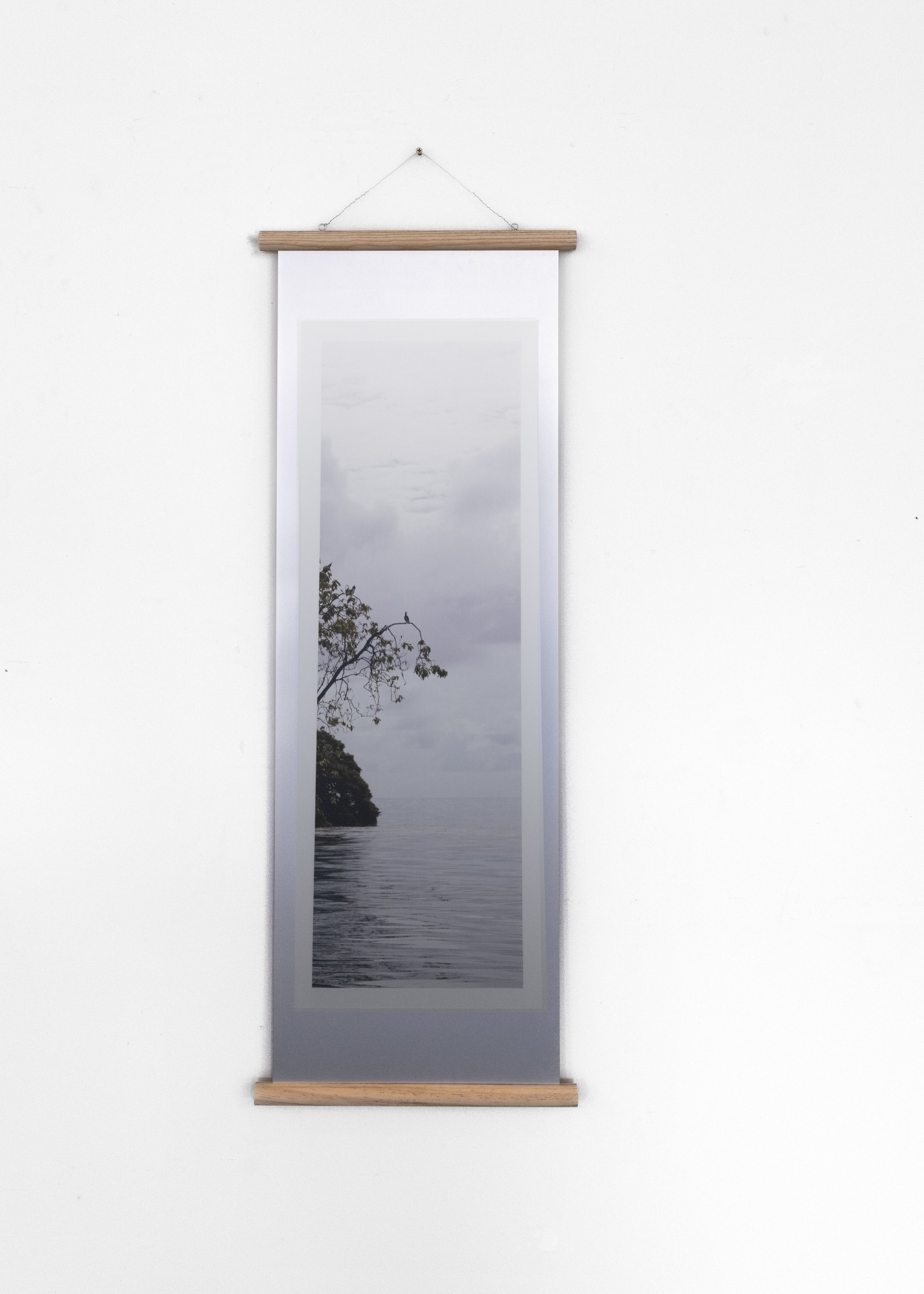
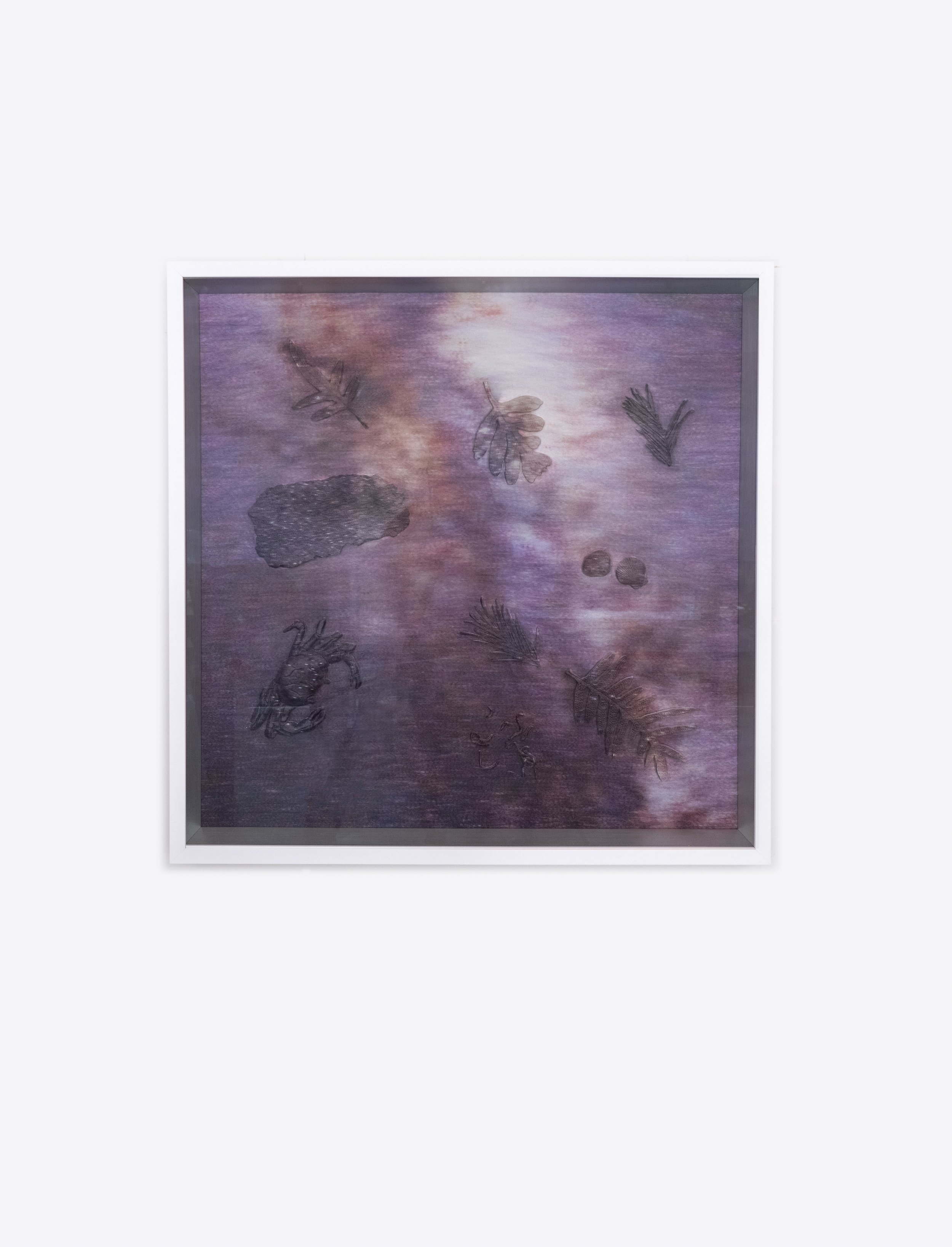
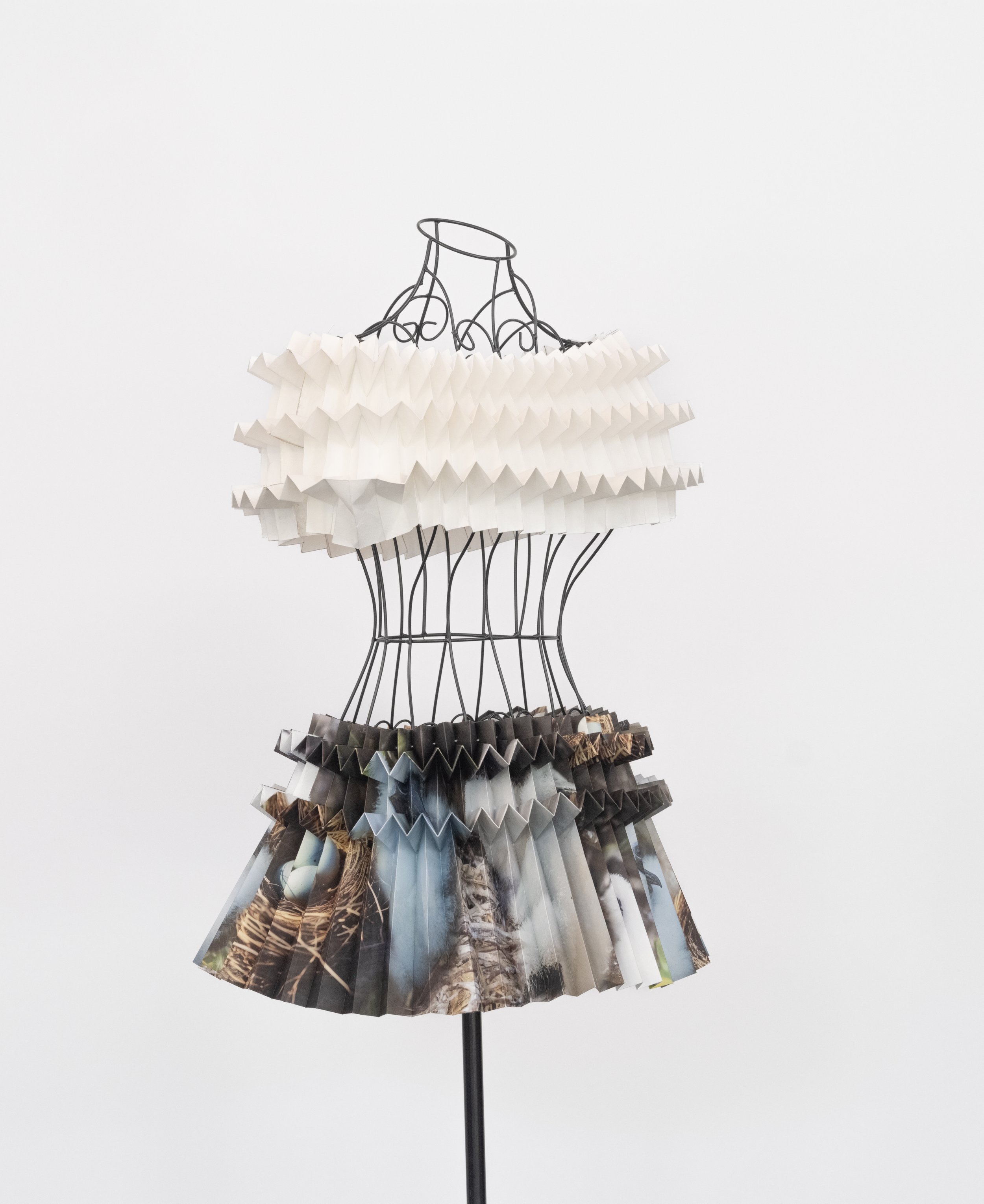
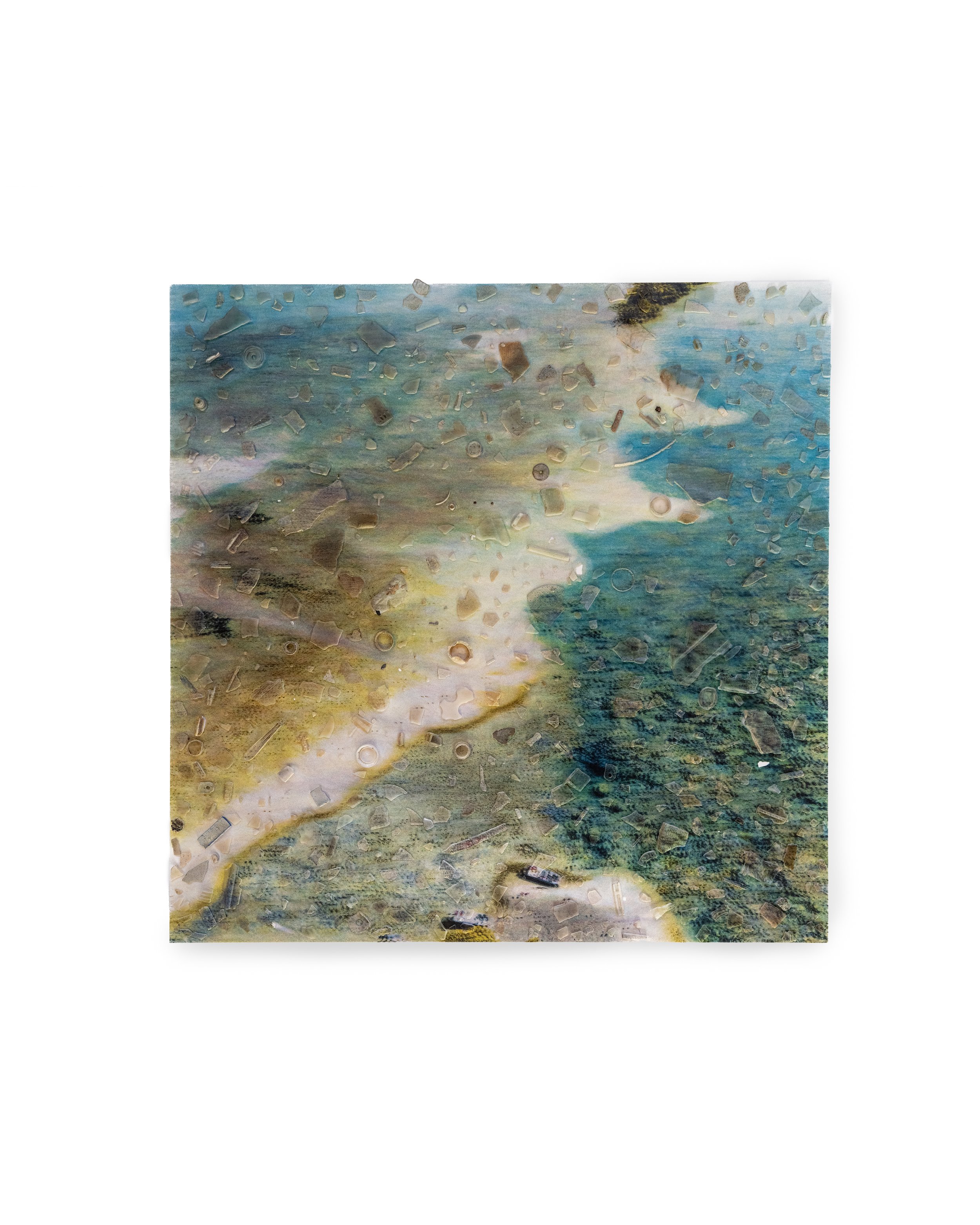
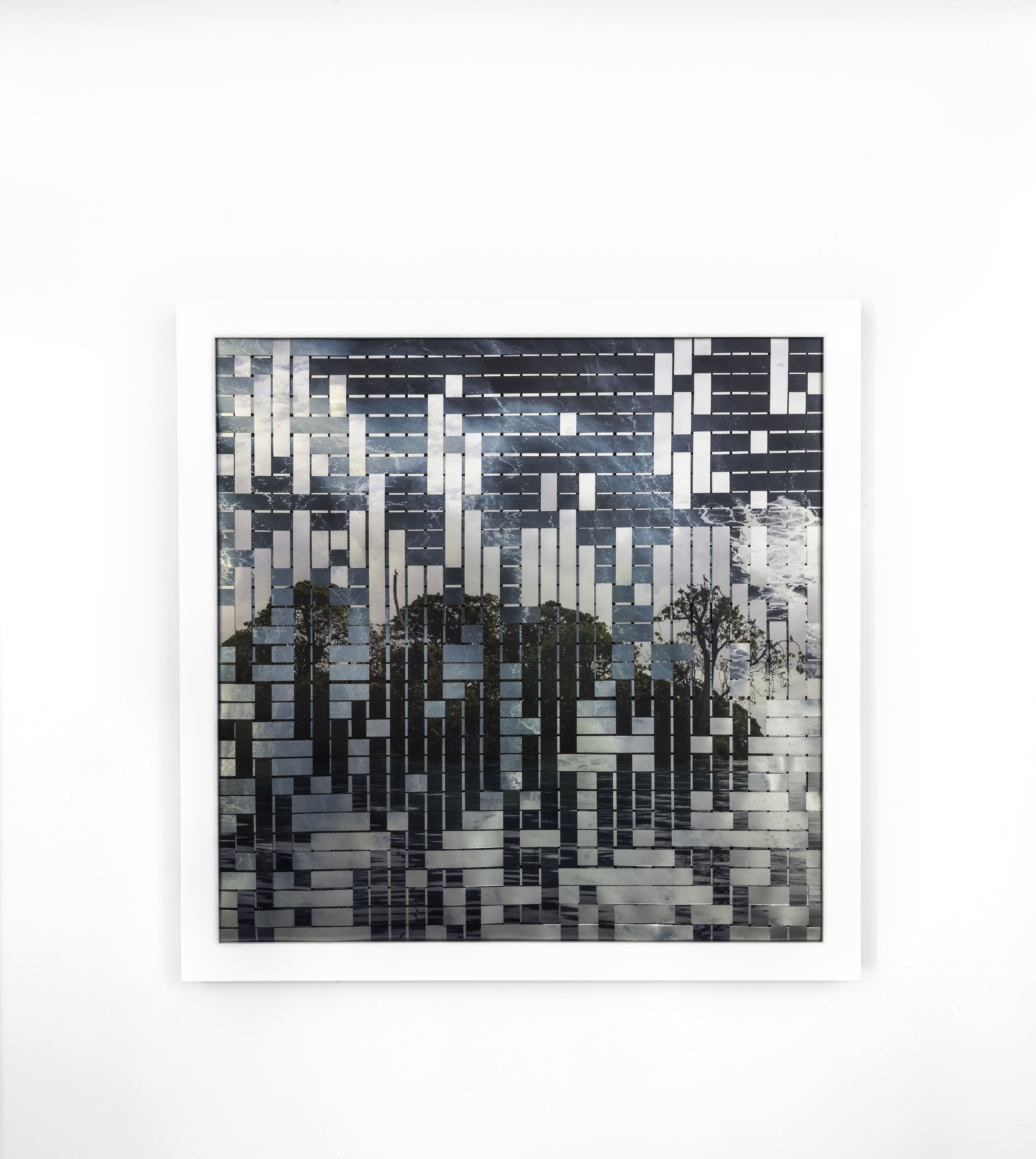

On Rewilding, Palmyra Atoll
Exhibiting at First Hawaiian Center
December 5, 2023 - August 30, 2024
WORKS
A paradise in the Pacific- once lost due to human-induced environmental damage- as seen through the eyes of artist Taiji Terasaki.
In 2018, artist and philanthropist, Taiji Terasaki, participated in an artist residency on the Palmyra Atoll, a Nature Conservancy preserve and U.S. Fish and Wildlife Service refuge in the Pacific Ocean, 1,100 miles south of Hawai`i. Terasaki’s experience at Palmyra had a profound effect on his artistic practice, compelling him to focus on stories of conservation and environmental action.
The remote atoll, once devastated by human activity during World War II, has rebounded through the thoughtful stewardship by scientists and conservation specialists from The Nature Conservancy and the United States Fish and Wildlife Service. Now recognized as Palmyra Atoll National Wildlife Refuge and Marine National Monument, it has become a living laboratory to explore solutions that may address the critical environmental challenges of our time.
On Rewilding uses multiple creative technologies, both established and innovative, to feature Palmyra’s rich ecosystem. Images of the atoll are fused with the artist’s signature mist photography to convey the delicate and ephemeral quality of a balanced ecosystem. The resulting visuals are fused with an array of mediums including custom Japanese handmade paper, ceramic compositions, towers of glass cubes, paper origami creations, lenticular installations, and traditional photography. Also featured in the exhibition will be a live mist sculpture representing the abundant diversity of species found within Palmyra’s coral reefs.
Seen through Terasaki’s work, the vitality of Palmyra’s restored ecosystem highlights nature’s resilience and provides insights into the potential of intentional human efforts at conservation, giving us hope for the future.
For additional information or other inquiries, please contact Kaylee Clark Lederer at kaylee@taijiterasaki.com or (808) 983-9409.
A Short History of Palmyra Atoll
Palmyra Atoll is centrally located in the Pacific Ocean, just north of the equator. It has a tropical and humid climate and is home to an incredibly biodiverse and healthy ecosystem. There are no natural mammals on the island. Its terrestrial ecosystem is composed entirely of crabs, insects, and foliage.
First described by an American captain in 1798, and named after a vessel that shipwrecked there in 1802, Palmyra has a unique history. The uninhabited island was rumored site of a pirate treasure, claimed and abandoned by both the United States and the United Kingdom before being annexed by the Kingdom of Hawai’i in 1862.
In 1900 the atoll became a U.S. Territory, and from 1939 the island was heavily used by the U.S. Military as a Navy base. Throughout the course of World War II approximately 6,000 military personnel were stationed there, during which the composition and make-up of the atoll were drastically changed. Remnants of this time remain— empty bunkers, appliances, coca-cola bottles, pollution from chemicals— and unexploded ordinances are still found throughout the atoll.
In 2000, the Atoll was purchased from private ownership by The Nature Conservancy (TNC) establishing it as a research station and preserve. A majority of the land and surrounding waters was then sold to the United States Fish and Wildlife Service (USFWS) and is now recognized as Palmyra Atoll National Wildlife Refuge and Marine National Monument.
Through the efforts of TNC and USFWS, the atoll has since begun to transform back to its natural state. A program to remove non-native coconut palms to foster a healthy natural forest has triggered a trickle-down effect fostering healthy nutrient cycling between terrestrial and marine ecosystems. Rats, an invasive species, have been eradicated from the island and as a result the population of Coconut Crab, the largest of terrestrial invertebrates, is booming.
Today, Palmyra acts as a leading research consortium providing a standard for scientists to study and learn from the resilient nature of nature’s ability to survive.

